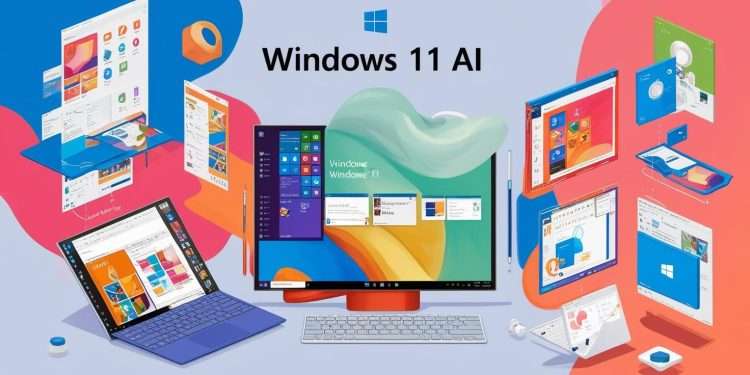Windows 11 has solidified its position as Microsoft’s most ambitious AI-driven operating system, reaching unprecedented heights in performance and user adoption. Integrated with groundbreaking AI features, this platform is rewriting the rules of productivity, creativity, and security evident in its soaring market share (36.65% as of 2025). The 24H2 update, a pivotal milestone, introduces tools like Recall AI, which leverages NPU (Neural Processing Unit) power to locally track and retrieve user activities through natural language queries. Imagine typing “red trousers” to find a weeks-old image or asking “Ahmet’s photo from last week” to pull up a WhatsApp image all processed offline for enhanced privacy.
Meanwhile, Super Resolution transforms low-quality visuals into crisp 8x-enhanced images, while Copilot+ tools streamline tasks like text summarization and background blurring in apps like Photos and Paint. These innovations, combined with Studio Effects (auto-framing, eye contact simulation), are driving enterprise adoption and cementing Windows 11 as the go-to OS for productivity.
Microsoft’s collaboration with hardware giants (Snapdragon X Elite/Plus, Intel, AMD) ensures seamless AI integration, while the decline of Windows 10 (-6.14% YoY) underscores the shift toward next-gen computing. With market share growth fueled by privacy-first AI and offline processing, Windows 11 isn’t just leading it’s redefining what an operating system can achieve.
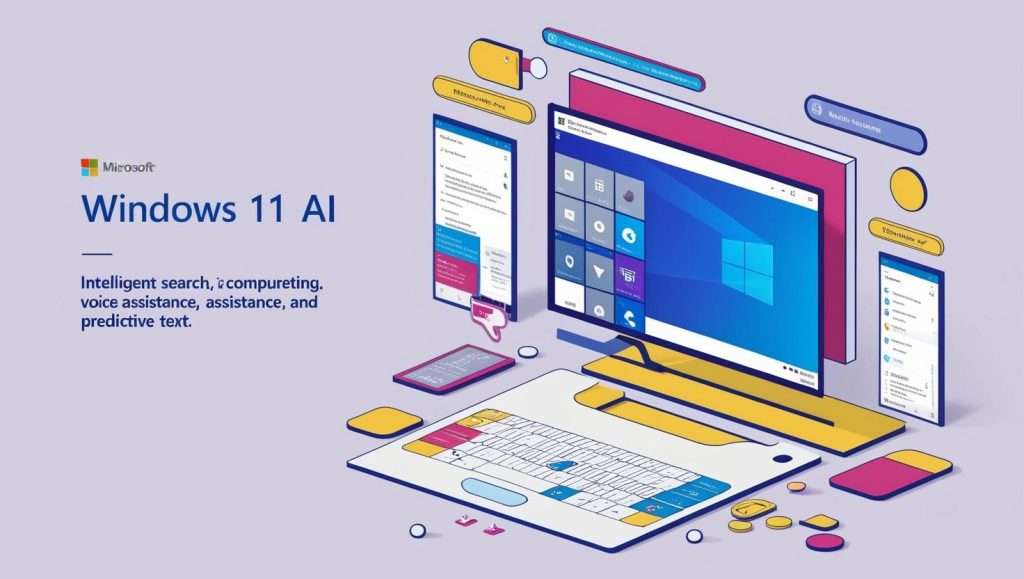
Windows 11’s Rise to Dominance in the Operating System Market
The latest data from Statcounter reveals a seismic shift in the operating system landscape. As of January 2025, Windows 11 has surged to 36.65% market share, marking a 2.53-point monthly increase and an 8.82-point annual growth 1. While Windows 10 still holds 60.33%, its decline (-6.14 points yearly) signals a clear transition toward Microsoft’s AI-driven flagship. This momentum stems from strategic upgrades like the 24H2 update, which integrates advanced AI tools to enhance productivity, creativity, and user experience .
The AI Revolution Behind Windows 11’s Success
Recall AI: A Photographic Memory for Your PC
One of Windows 11’s groundbreaking features is Recall AI, a tool that captures screen snapshots every 4-5 seconds, analyzes them locally via NPU (Neural Processing Unit), and allows users to search their entire activity history using natural language 46. Imagine locating a red trousers image from days ago by typing “kırmızı pantolon” or retrieving a WhatsApp photo with a simple query like “Ahmet’s photo from last week.” This semantic search capability, powered by 40+ AI models, redefines productivity while prioritizing privacy through offline processing 11.
Super Resolution and Creative Tools
Windows 11’s AI-powered Super Resolution upscales low-quality images by 8x in the Photos app, while Paint’s Cocreator transforms sketches into professional artwork using diffusion-based AI. These tools, combined with background blur and object removal, empower users to edit like pros without third-party software 26.
Enhanced Search and Productivity
The revamped Windows Search now understands typos, natural language, and even visual descriptions (e.g., “find the document with a blue chart”). The Click to Do feature lets users right-click any element to summarize text, blur backgrounds, or initiate Bing searches all offline 2.
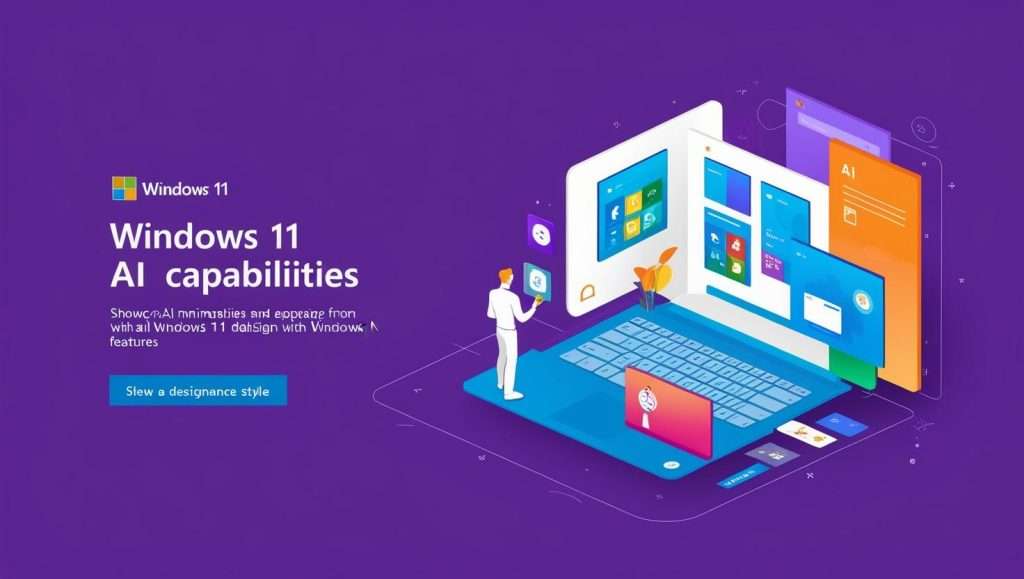
The 24H2 Update: A New Era of AI Integration
Copilot+ and Studio Effects
The 24H2 update introduces Copilot+ PCs, requiring 40+ TOPS NPU performance for AI tasks like Studio Effects. This suite includes:
- Auto Framing: Keeps you centered during video calls.
- Eye Contact: Simulates eye contact even if you’re looking at notes.
- Voice Clarity: Reduces background noise in real time
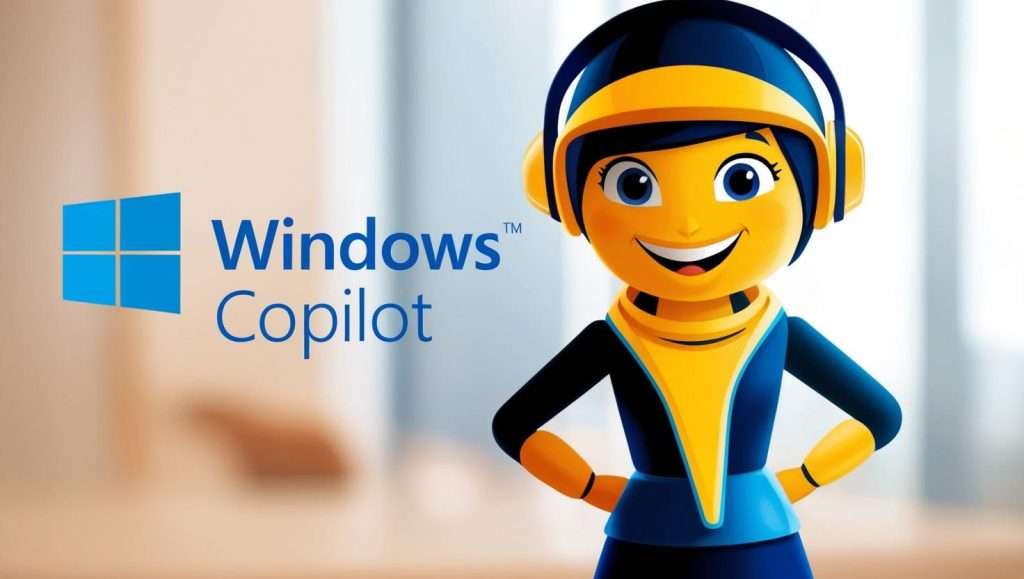
Live Captions and Multilingual Support
Live Captions now translate audio from any app into 40+ languages offline, aiding accessibility and global collaboration. Meanwhile, AI Explorer (coming late 2024) will log all user activities, offering contextual suggestions like “Remove this image’s background in Paint” 11.
Market Impact and User Adoption
Microsoft’s push to sunset Windows 10 mainstream support by 2025 has accelerated migrations. Enterprises and creatives alike are adopting Windows 11 for its NPU-dependent features, such as Recall AI and Studio Effects, which demand Snapdragon X Elite/Plus chips or Intel/AMD equivalents 46. Samsung’s Galaxy A55 even adopted Windows 11’s security framework, highlighting its expanding ecosystem 1.
Privacy, Performance, and the Road Ahead
Offline AI Processing
Unlike cloud-dependent rivals, Windows 11 processes AI tasks locally, minimizing latency and safeguarding data. For instance, Recall AI stores snapshots exclusively on-device, addressing privacy concerns 4.
Future-Proofing with AI Explorer
Slated for 2024, AI Explorer will act as a universal productivity assistant, analyzing on-screen content to auto-suggest tasks whether comparing documents or drafting emails. This “Rewind.ai for Windows” could redefine workflows, though it requires 16GB RAM and next-gen NPUs 11.
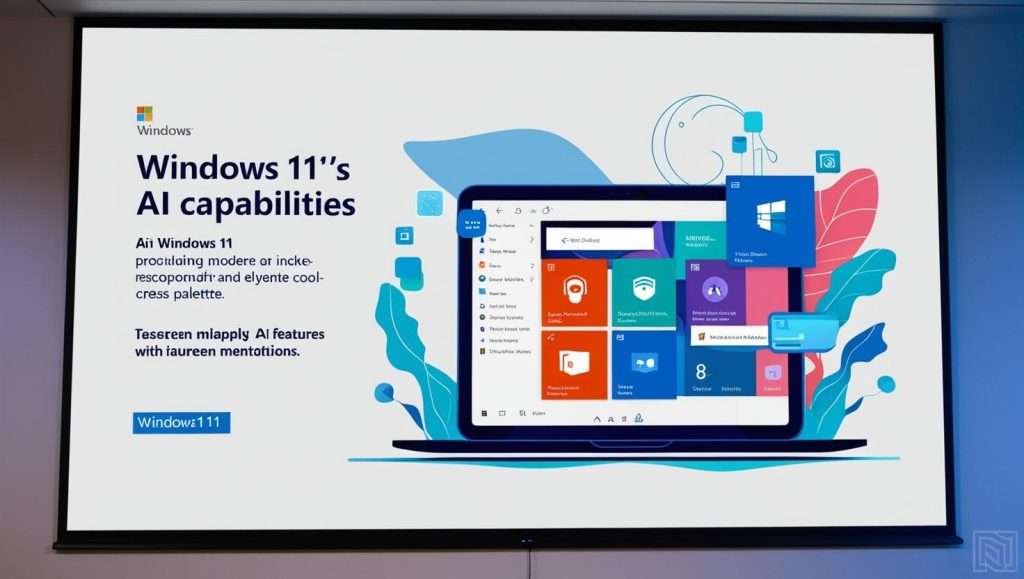
Conclusion: Windows 11 Where AI Meets Ambition
Windows 11 isn’t just an OS; it’s a gateway to an AI-augmented future. With tools like Recall AI, Super Resolution, and Copilot+, Microsoft has blended creativity, efficiency, and security into a seamless experience. As adoption climbs and 24H2 rolls out globally, Windows 11 cements its legacy as the pinnacle of intelligent computing.

